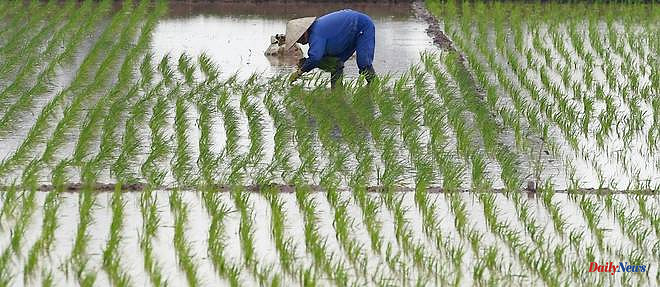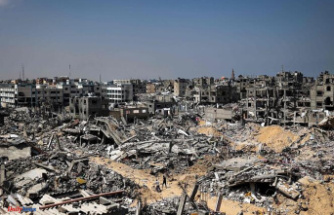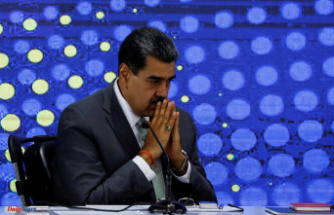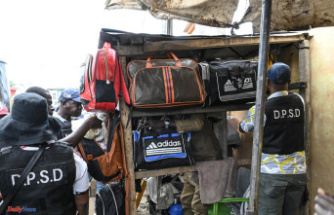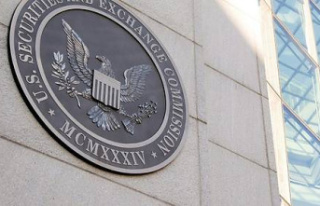From a young age, Dong Van Canh watched the rice paddies of Vietnam's Mekong Delta burn after every harvest, blackening the skies and flooding the air with greenhouse gases.
Rice cultivation, the staple food par excellence in Asia, is responsible for about 10% of global emissions of methane, which traps about 80 times more heat than carbon dioxide.
Normally associated with cows, methane is also generated by bacteria that thrive in flooded rice fields and thrive if straw residue is left to rot in the fields after harvest.
The message from the scientists: rice cannot be ignored in the fight to reduce emissions.
Now a rice farmer, Canh, 39, has turned to producing mushrooms and organic fertilizers with his rice straw, which he no longer lets rot in the fields.
"If we can sell the straw and make money, all the profit is ours," he told AFP, running his fingers through a mound of liquid manure that will soon become nutritious food for other crops. of the Mekong.
Its transition to cleaner rice cultivation is supported by the International Rice Research Institute (IRRI), a well-established NGO in Asia.
"Everyone here is in favor of this initiative" which aims to recycle straw as an ingredient of nutritious food for other crops, he explains.
Not new, these initiatives have multiplied for two years after a hundred countries committed to reducing methane emissions by 30% by 2030.
Vietnam, like Indonesia or Bangladesh, is one of the signatories but not the two biggest producers, India and China.
In Can Tho province, the harvest is coming to an end and farmers are pushing small carts overflowing with bales of straw which will then be soaked and spread out to grow mushrooms for sale.
The straw mixture is then transformed into compost, thanks to a machine, before being sold for around 15 cents per kilo.
"In the past, a few farmers did this manually, but it was too labor-intensive. We have cut the cost in half and will expand to meet market demand," says local manager Le Dinh Du. of the Department of Plant Protection.
"The rice has a nice trip. We don't waste anything."
According to Vietnamese authorities, irrigated rice cultivation was responsible for nearly half of methane emissions in 2019.
The straw reuse technique has been taught "widely to farmers and local agricultural officials" across the country, according to the CGIAR, an international center for agricultural research.
It is unclear how many actually do.
Last year, more than 80 percent of rice straw in the Mekong Delta was still burned, according to the World Bank.
According to the researchers, straw management coupled with another method of breaking up the layer of stagnant water in rice fields to replenish oxygen and reduce bacteria, have "the potential to significantly reduce greenhouse gas emissions Greenhouse effect".
Indeed, rice, unlike other crops, "has a layer of stagnant water in the field, which means that there is no air exchange between the soil and the atmosphere" , explains Bjoern Ole Sander, who heads IRRI in Vietnam.
"These bacteria eat organic matter and produce methane."
According to Vietnamese authorities, this drying of rice fields has been adopted by a third or half of the rice-growing land in An Giang province (south) depending on the season, covering more than 200,000 hectares in 2019, twice as much as in 2018. .
Farmers who have taken the plunge into the Mekong take pride in the way it is grown and in being able to maximize its potential and their income.
At first, "it complicates our lives," says Canh. "But once we figure out how to take advantage of the straw, things are easier."
24/03/2023 08:19:40 - Can Tho (Vietnam) (AFP) - © 2023 AFP

